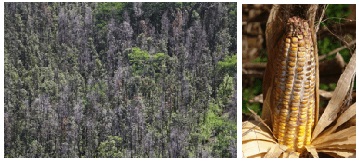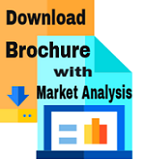
Shugeng Cao
University of Hawaii USA
Title: Secondary metabolites as bio-controlling against plant pathogens
Biography
Biography: Shugeng Cao
Abstract
“Rapid ohia death” caused by fungi Ceratocystis fimbriata and other Ceratocystis species is a new fungal disease that is currently attacking and killing ohia tree (Metrosideros polymorpha), the most abundant native tree in the state of Hawaii. The prevalence of “corn ear rots” (maize: Zea mays L.) caused by pathogenic fungi (e.g., Fusarium graminearum) in tropical and sub-tropical regions such as Hawaii is particularly troublesome because multiple yearly cropping cycles allow the pathogens to develop large populations, and additionally, these fungi create mycotoxins that are harmful to humans and livestock when consumed. Screening of our natural product library followed by assay-guided separation of two hit led to the discovery of a few polyketides from marine fungi FT361 and FM324, which showed potent inhibition against Fusarium graminearum. A microbial metabolite strongly inhibited both Ceratocystis fimbriata and Fusarium graminearum.

Figure 1: Ohia trees attached by Ceratocystis fimbriata5 (left) and a corn infested by Fusarium graminearum2 (right).

Figure 2: Fusarium graminearum inhibited by multiple fractions; from FM361 (left), two fractions from FM324 (middle), and a microbial metabolite (right).

